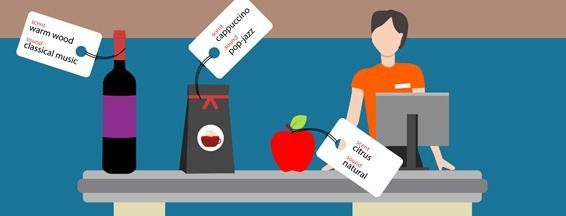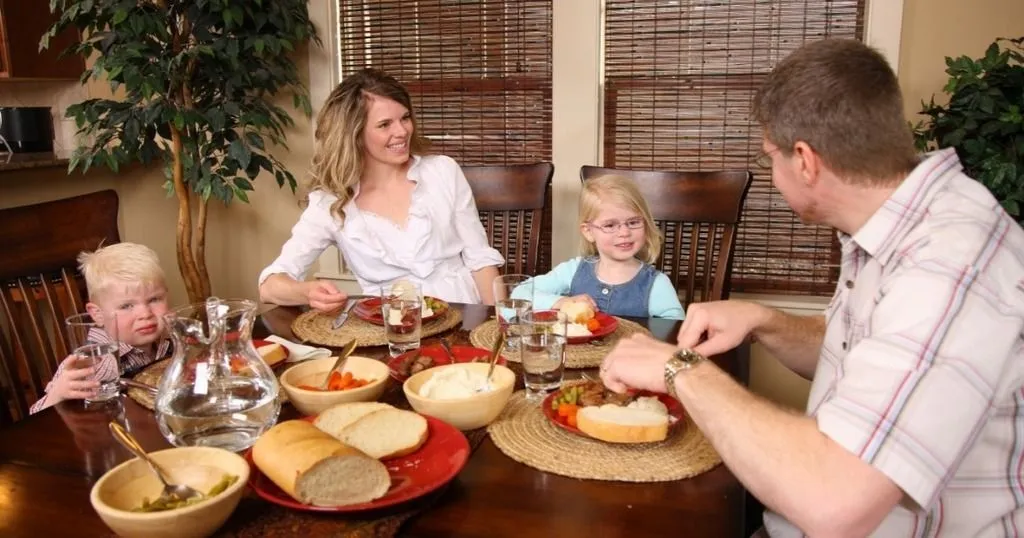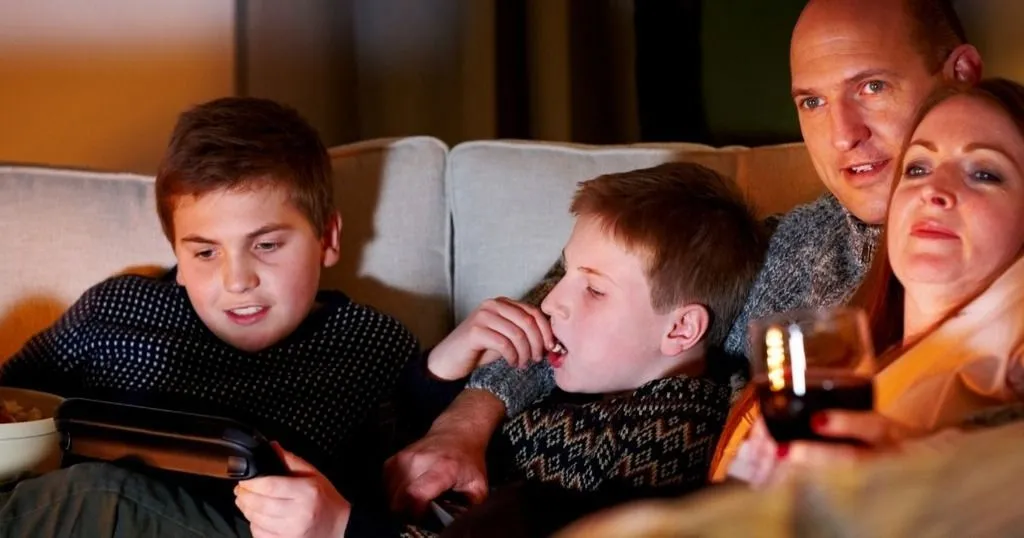Shopping behavior - what can we measure in a retail environment?
Shopping ambience conditions such as light, sound, and smell are thought to affect shoppers’ browsing behavior and can increase sales due to impulse buying.
Posted by
Published on
Fri 08 Mar. 2019
Topics
| Consumer Behavior | Retail | Shopping Behavior | TrackLab |

Today we have a blog post written by Tamara Reid. During her internship at Noldus she investigated the applications of TrackLab software in the consumer market. Enjoy reading!
Shopper movements, sales, and the effects of light, sound, and smell (in a supermarket)
Shopping ambience conditions such as light, sound, and smell are thought to affect shoppers’ browsing behavior and can increase sales due to impulse buying. Insights into shopping ambience conditions and shopping behavior are beneficial not only to marketers, but also to store owners. Studies are increasingly showing that shopping behavior is not clear-cut rational behavior. A great deal of purchases are based on impulsive and unconscious decision-making.
Previous studies on shopping behavior
With the recent development in sensor technology such as RFID tags, studies on shopper movement patterns are more available. However, these are mostly limited to studies on the movement of shopping carts between the aisles in a store.
Monitoring shopping behavior in more detail
A recent study (de Wijk et al., 2017) monitored shopping behavior in more detail in a supermarket. The focus of the tracking were the shoppers and not their carts, and their movements were analyzed using stereo cameras placed around individual shelves rather than aisles.
Since shelves need to be visited before a sale is made, it is then logical to assume that the number of visits to a shelf correlates positively to the number of sales. This is a debatable topic and seems to vary depending on product assortment. There are other reasons a shopper might be in front of a shelf other than to make a purchase. Three shopper personas were identified in the study:
- The "passing through" shopper- This shopper passes by a shelf on the way to another shelf or aisle. These visits are short with high acceleration, and have none or minor directional changes. For these shoppers, the conversion rate to a sale is low.
- The “exploratory” shopper- This shopper requires an initial browsing stage in front of the shelves before making a purchase. These are usually longer visits with frequent direction changes, acceleration, and deceleration. For these shoppers, the conversion rate to a sale is higher.
- The “determined” shopper- This shopper enters the aisle and approaches a shelf, decelerates to a standstill, picks up an item, changes direction, and accelerates away from the shelf. These visits are also short, but the conversion rate to a sale is high.

Shopper behavior and conversion rates also vary with product assortment. For instance, in the fresh produce section there can be visits with longer duration and frequent directional changes because the shopper is surveying the freshness of the fruit before making a purchase.
Ambient effects used to influence shopping behavior
The study also looked at the effects of light conditions, sounds, and smells on shopper movement patterns and the sales of fruits, wines, and coffee in a medium size supermarket in Oosterbeek, the Netherlands. The supermarket had the typical layout of fruits at the entrance and wine and coffee at the back sections. Suitable lighting, scents, and sounds were put in place for each section.
- Scent - The fruit section had a “fresh citrus” scent, the wine area had a “warm wood” naturalistic scent, and the coffee section had a cappuccino scent.
- Sound - Natural sounds (birds tweeting) were selected for fruit, classical music for wine, and pop-jazz for coffee.
- Lighting - The fruit section had fixtures mimicking daylight, LED light was used to illuminate the wine section, and a LED spotlight was used for the coffee area.

Tracking technology
The multiple shopper movement patterns were recorded with stereo cameras mounted on the ceiling (EagleEyes, Eagle Vision Systems B.V., Naarden, the Netherlands). These cameras generated tracks per shopper that were stitched together in a software system (Eagle Area Monitor, Eagle Vision Systems B.V., Naarden, the Netherlands). The tracks were then displayed on a floorplan map of the supermarket and analyzed using a software system for the recognition and analysis of spatial behavior (TrackLab, Noldus Information Technology, Wageningen, the Netherlands).
In the TrackLab software, the areas of interest were defined (fruit, wine, and coffee) and the relevant statistics were computed: visit frequency, duration, speed, and directional changes (in degrees). Interested in the technology?
This was all done over an 18 week period with 3 sub periods dedicated to the effects of scent, sound, and lighting conditions.
Shopping behavior and sales
During the course of the study, the wine section of the supermarket had the most average daily visits but also the lowest average number of sales (#visits per sale 41.2). This is possibly explained by just looking – not buying behavior (which is typically Dutch by the way), or because shoppers were just “passing through” the wine test area to reach other aisles.
Fruits had the lowest average visits, but the highest daily number of sales (#visits per sale 3.7). This is indicative of the average visitor being a “determined shopper” or that fruits tend to be purchased in larger quantities. With these results, the visit frequency only correlated positively with sales for the fruits and coffee sections.
The speed of travel through the different sections were relatively the same. Directional changes occurred more in the fruit sections of the supermarket, followed by coffee and then wine. It seemed that directional changes were inversely related to visit duration. Directional changes occurred more during short visits. The study concluded that movement patterns correlated more to sales than the number of visits.
Effects of light, sound, and smell
“Rome wasn’t built in a day…”
The ambience conditions used showed little effect on shopper behavior and sales. Minor effects on the speed of shoppers in the wine and coffee sections were observed depending on the type of ambience condition.
Wine sales also experienced marginal changes as a result of the number of directional changes caused by conditions. The presence of light, sound, and smell did not affect visit frequency, duration, and sales for either of the test product categories.
Store managers and marketers deploy many strategies to stimulate store traffic and sales, but their efforts may not be entirely in vain. A broader study of shopping ambient conditions and product categories can produce different results. Less localized ambient conditions may prove more effective, as would a study of ambient conditions in supermarkets in different locations.
References
De Wijk, R.A. (2017). Supermarket shopper movements versus sales and the effects of scent, light, and sound. Food Quality and Preference. http://dx.doi.org/10.1016/j.foodqual.2017.03.010
Related Posts

Measuring consumer responses to chocolate and images

In-home video recordings provide measure for more objective comparisons

